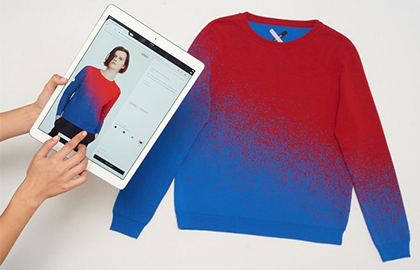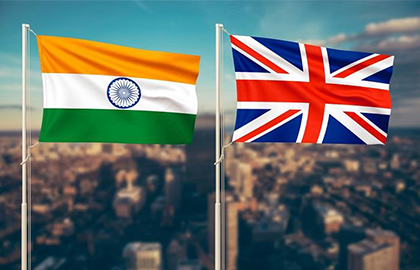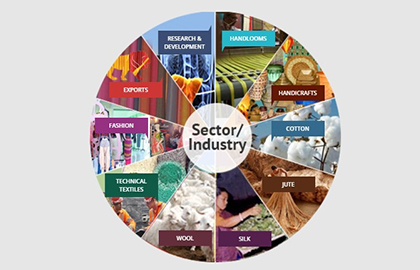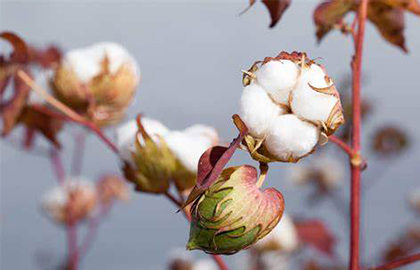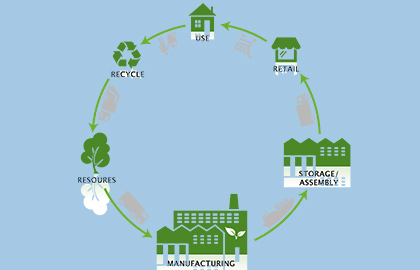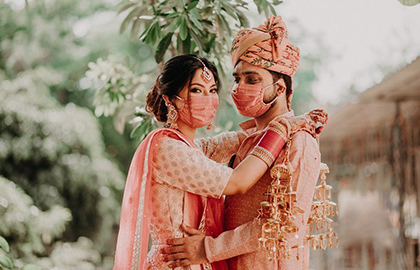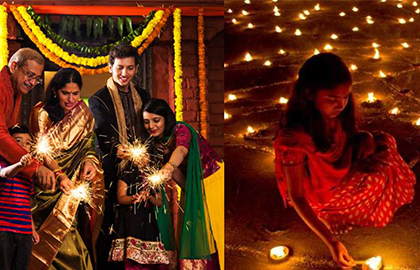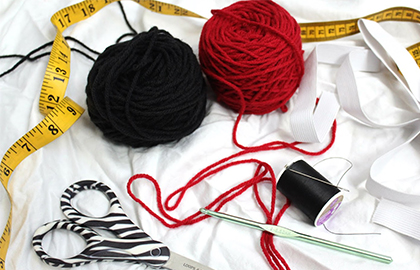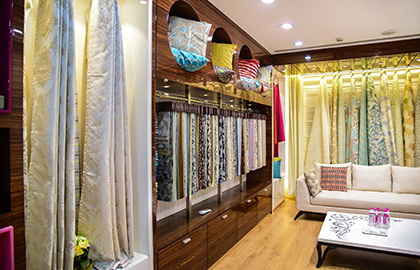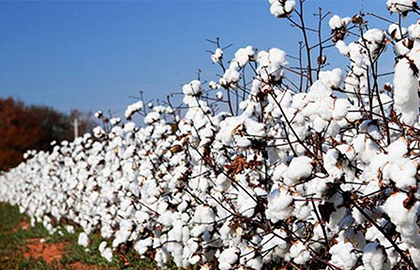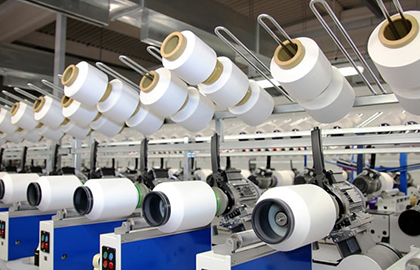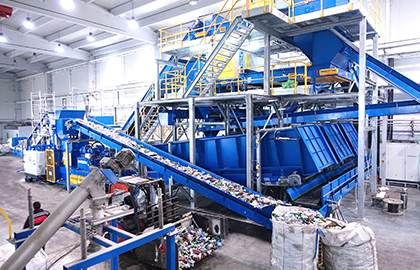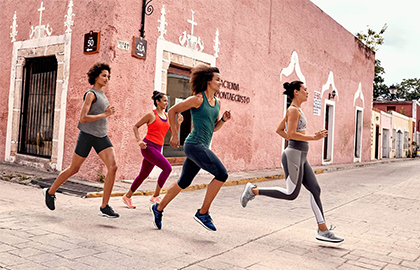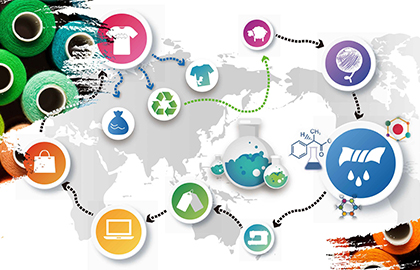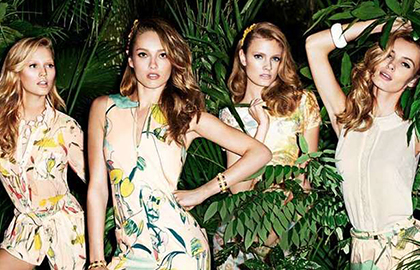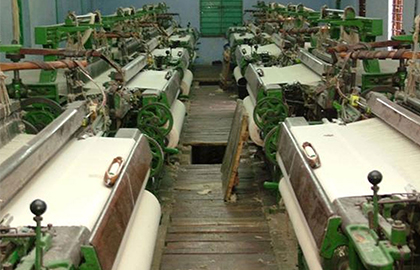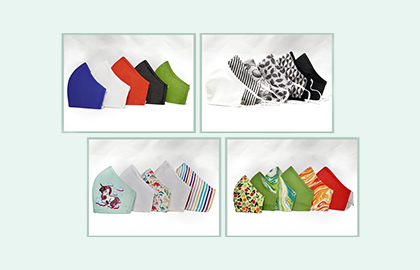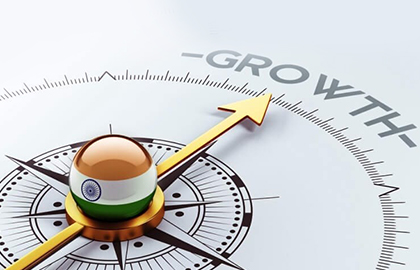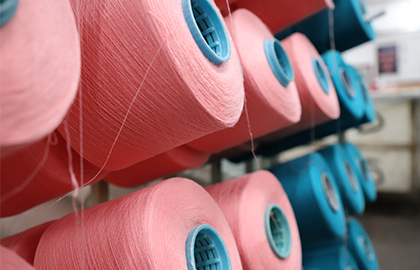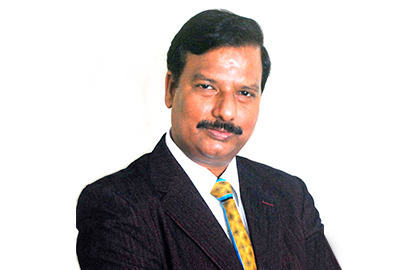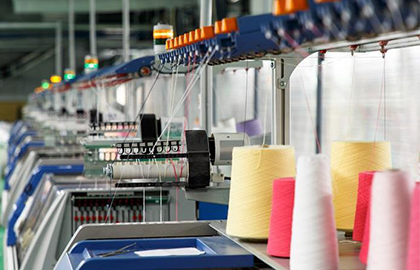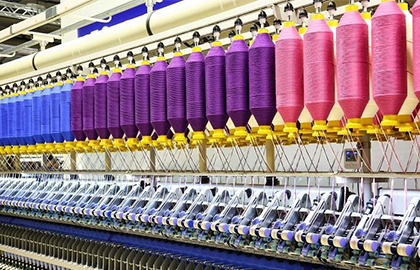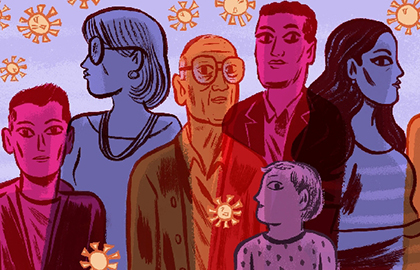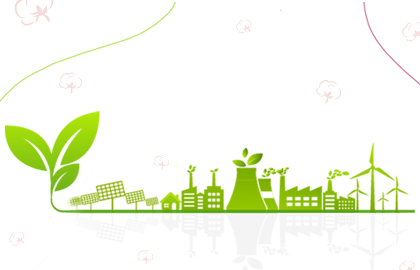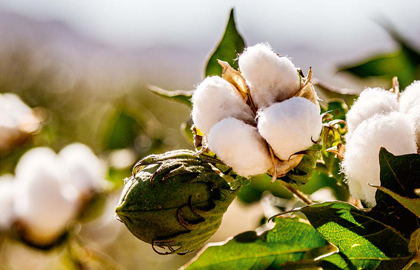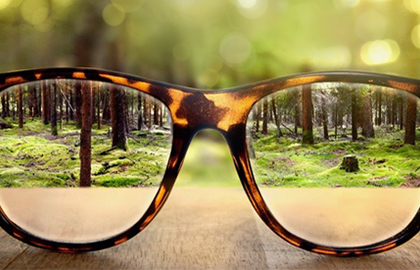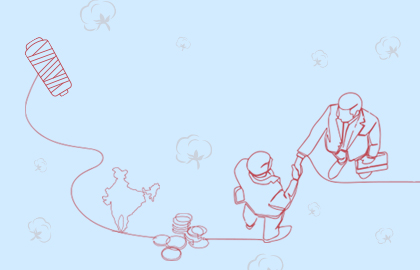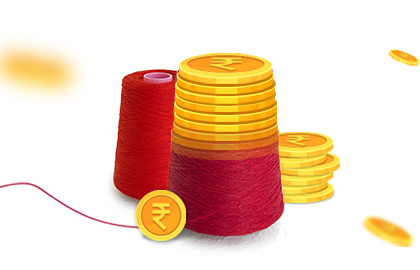
The Evolving Mindset towards Sustainable Fashion
Types of textiles in recent demand
The textile industry, just through its sheer volume of applications, has a critical impact on the global environment. It is estimated that the customers today are aware of their actions and envision a sustainable future. This approach has rapidly increased the demand of the textile industry to carry out focussed innovation in the fields of eco-friendly clothing and sustainable textiles. The modern-day consumer is willing to buy less and pays more for clothing which is good for the environment, safe on the skin, or simply has some added benefit for the larger good of the society. In fact, different studies conducted by research agencies, for millennials (between 25 and 30 years of age) and Gen Z (between 18 and 24 years), show that 32% of customers are willing to pay more for brands which are committed to sustainability, 50% customers willingly buy from brands because they are committed to the green approach, while 28% customers stated that they would stop buying clothes from brands if they found out that the brands are not committed to the cause. This just goes to show the changing mindset of the new generation of buyers.
| Sustainable Textiles | Organic Textiles | Recycled / Biodegradable | Fair Trade Textiles |
|---|---|---|---|
| All materials used and processes followed in manufacturing sustainable textiles are kept safe for humans and the environment, in all phases of the product life-cycle. | Organic Textiles are created from materials that are organically grown, without any pesticides, chemicals, or synthetic fertilisers. | Innovative ways are being found to create fibres and yarns from different materials like recycled PET bottles, etc. Materials used may or may not be organic. | Textiles manufacturing is more focussed on the processes and practices than on the materials. This may include freedom of workers, abolishing child labour, etc. in their manufacturing process. |
Types of textiles in recent demand
Sustainable Fashion and the Indian Market:
The Indian customer base contributes a huge chunk to the overall textile scenario. The apparel industry and domestic textiles market reached an estimated $100 billion in 2019.
With the majority of people consciously making an effort in turning towards eco-friendly textiles, the need in India for sustainable fashion is rapidly increasing. Cities are taking the most active measures for correcting carbon footprint and reducing the negative impact on the environment, with Delhi (42%), Kolkata (39%) and Bengaluru (32%) leading this evolution, while markets like Mumbai are steadily catching up. In a study conducted by THE OICE OF FASHION™, it was seen that 13% of respondents said they are unwilling to pay extra for sustainable/responsible fashion, 65% answered ‘maybe’, and 22% replied with a definite ‘yes’.
Innovating fibres out of natural resources
Cotton, Jute, Silk, Hemp, and Wool have been used for ages in producing natural fibres and clothing. However, the search for variants has led to developing newer fibres and yarns from renewable resources. Though some might be in their nascent stages, few others have got wide acceptance in the market, with large and small players exploring the possibilities. A few noteworthy ones can be mentioned as follows:
Bamboo:
Bamboo is largely gaining popularity because of its immense benefits. Not only is it renewable and easy to grow, but it also projects anti-bacterial properties. Bamboo yarn is one of the trendiest fashion textiles in today’s date, with its use in creating shirts, pants, scarfs, socks for grown-ups and children, as well as its various uses in home textiles and technical textiles. Bamboo rayon is a semi-synthetic fibre produced by chemically reshaping cellulose extracted from bamboo.
Soy Silk Yarn:
Created from the residue of soybean, the yarn retains a very silky and soft texture, which has led its popularity to increase in recent times. It is frequently known as ‘vegetable cashmere’ and is easy to maintain while requiring less dye to colour. Its uses are found in the production of blankets, shawls, scarfs, and even daily wear clothing.
Date Palm Fibre:
In recent times, researchers from Egypt have successfully extracted high-performing fibres from the date palm. Though in its early stages, the fibre shows very high thermo-physical and mechanical properties, is completely bio-degradable and is found plentifully in the environment.
Hemp:
Made from the stems of the Cannabis Sativa plant, the hemp fabric is highly durable and tensile, with its varied use in apparels and home textiles. Though the fabric is similar to that of cotton, in look and feel, hemp yarns are not susceptible to shrinkage and is highly resistant to pilling. Few studies also show that hemp fabric is three times stronger than cotton fabric, while it is easy to dye and highly resistant to harmful microbes and mold.
Sea Weed / Sea Cell:
Sea Cell™ is one of the most talked about fabrics in recent times, extracted by mixing cellulose with sea weed to create yarn. Not only is its abundance in nature a boon, but research shows that the fabric comes with its own health benefits, with the fibre having anti-microbial and anti-inflammatory properties. The fabric itself is highly breathable and light and feels soft to touch. But its impressiveness is seen from the fact that the fibre retains the nutrients of sea weed, which includes Vitamins (A, C, E, B12), iron, calcium and magnesium.
Brands turning towards ‘new collection’
With the increasing hype of organic clothing in the market, many brands have launched their own clothing line of organic or natural clothing. To the delight of these brands, they have been happily welcomed by their customers.
Along with the emergence of new brands that are fully focussed on selling eco-green clothing, many renowned brands are turning towards this approach to launch eco-friendly clothing. Brands like Thought Clothing (UK), Tentree (Canada), Reformation (USA), Organic Basics (Denmark), Good Earth (India), and Anokhi (India) are a few which promises to provide green clothing and environment-friendly apparels. Similarly, bigger brands like Levi’s (with their Water Less™ collection), PACT (which is GOTS and FairTrade certified), H&M Conscious, Earth Polo by Ralph Lauren (making menswear and kidswear from recycled water bottles), Zara (selling their vegan collection) and many more big players are rapidly envisioning the changing scene and adapting to it.
With the rising concerns of environmental pollution, global warming, non-biodegradable residue, and consumption of non-renewable resources within the masses, the new-age customer-base is turning its focus towards organic and eco-friendly textiles. With constant innovation on the part of textile companies and a conscious effort by consumers, the industry is undergoing a paradigm shift and the future of textiles definitely seems to be heading in the direction of sustainable, long-term yarns and fibres. It might be sooner than we know that sustainable fashion not only remains a trend but becomes a compulsion and the future way of life.
